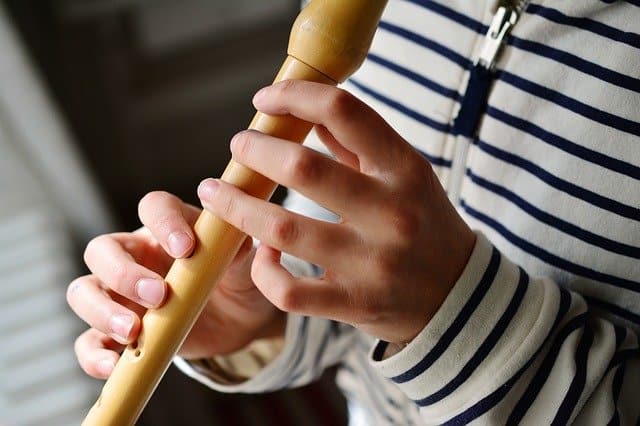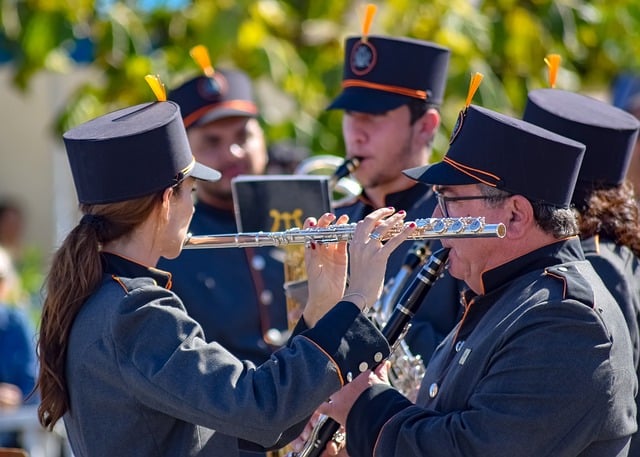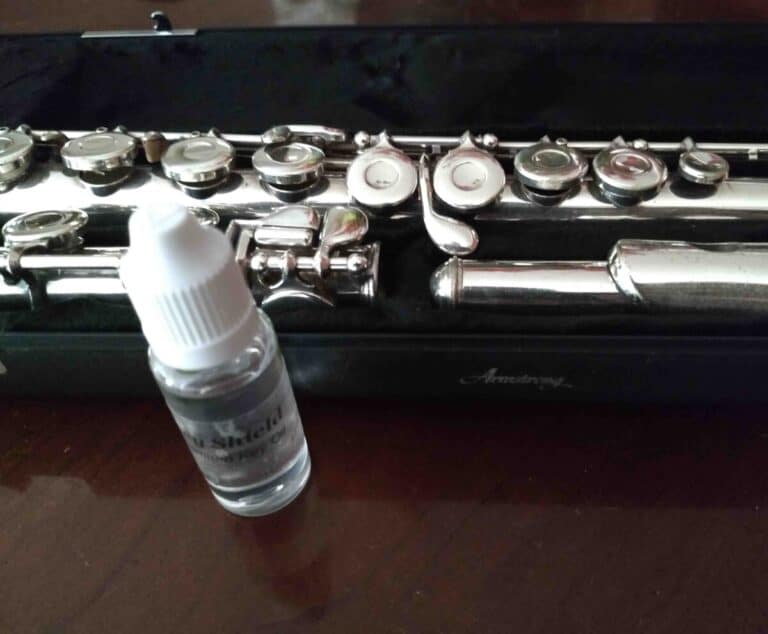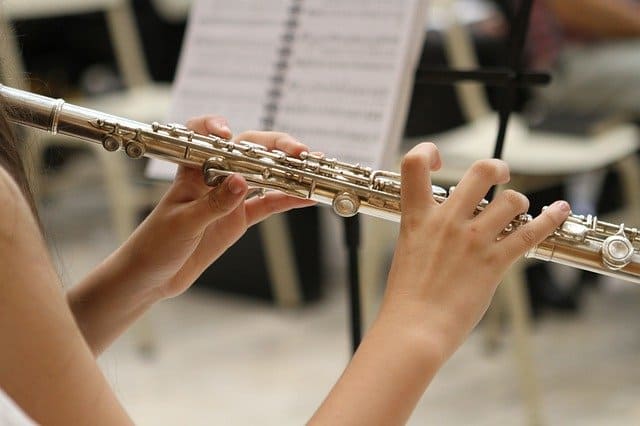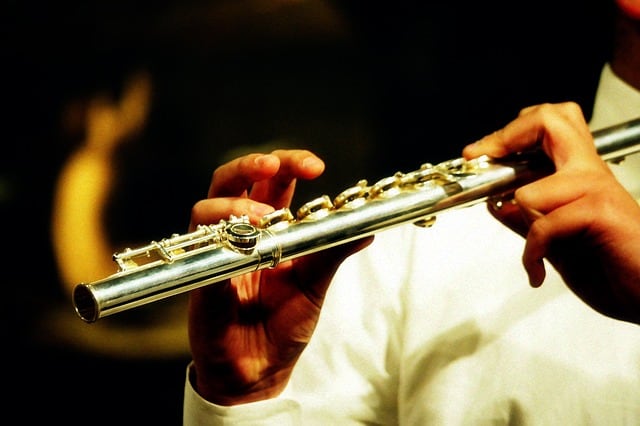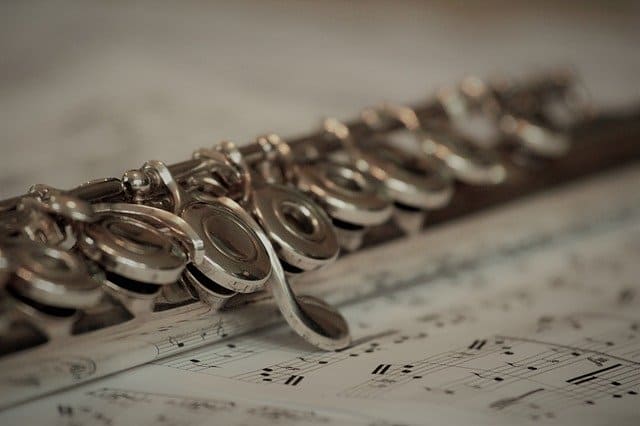What Are the Different Types of Flutes?
Flute is historically one of the oldest instruments in existence, and as a result it comes in many different types and varieties from different cultures around the world. They can specifically be divided into three categories.
The three main types of flutes are transverse (or side-blown) flutes, fipple flutes, and end-blown flutes. The most well-known flute is the Western concert flute, which is a type of transverse flute with several subtypes including the soprano flute, piccolo, alto flute, and bass flute.
My goal is to discuss the various kinds of flutes, covering both those within Western culture and those outside of it. I won’t be discussing every type of flute in existence, because there are far too many of them. Since my assumption is that many readers will primarily be interested in the types of Western concert flute, however, I will place particular emphasis on it without disregarding the other cultures of which flute is a part of.
For now, let’s start with the three basic types of flutes.
The three main types of flutes
The transverse flute, fipple flute, and end-blown flute represent three different ways of designing a flute, even though they all produce sound by splitting air blown by the musician across a sharp edge.
All flutes of the same category are at least somewhat similar with respect to the way that they are played. For instance, a person who is experienced in playing the transverse flute would probably be able to play a transverse flute from a different culture without too much difficulty, while an end-blown flute might be more confusing.
Transverse flutes
The transverse flute, also known as the side-blown flute, is the design which is most commonly associated with the flute. It produces sound by having the musician blow air across a near the top of the instrument.
The Western concert flute is the most commonly known type of transverse flute, though there are various other types of transverse flute, such as the fife, dizi, and bansuri.
Fipple flutes
Unlike the transverse flute, the fipple flute does not have the musician blowing across a hole. Rather, they are blowing into a duct which directs the air to the edge which causes the production of sound. Generally, these types of flutes take very little skill to produce a sound from.
Almost everybody knows of fipple flutes, but many people do not think of them as being types of flutes. Examples include the recorder, the whistle (yes, as in a dog whistle or police whistle), and ocarina.
End-blown flutes
The end-blown flute is similar to the transverse flute in that it involves blowing air across a sharp edge rather than into a duct. The key difference is that an end-blown flute involves blowing the stream across the upper end of the tube, rather than a hole on the side of the instrument. Typically, end-blown flutes are played at an angle to the musician’s vertical axis.
It is uncommon to find end-blown flutes in Western culture. In the Middle East, there is an instrument called the ney which plays a prominent role in classical Turkish music. Japan, China, and Korea all have their own versions of end-blown flutes.
Types of Transverse Flutes
Western Concert Flute
The Western concert flute is the type of flute that is typically played in classical orchestras, military bands, marching bands, pop music, and sometimes jazz bands. This type of flute originated from medieval Germany, and was evolved into its modern design by the flutist and inventor Theobald Boehm.
This type of flute notably has more tone holes than most transverse flutes, and also involves complex machinery.
Types of Western Concert Flutes
Given the prevalence of the Western concert flute, it would be remiss not to discuss its various subtypes. Some of these are very common, while others may only rarely be seen in flute choirs.
Soprano flute
This is overwhelmingly the most common type of flute that you will see out of the Western flutes. Most beginning flutists start on the soprano flute, and generally will not try the others until they have become reasonably capable players. Typically, the soprano flute is the one which is used in concert bands, orchestras, jazz bands, and marching bands.
The soprano flute is typically tuned to the key of C and has a range from C4 (or B3 on advanced models) to about C7.
Piccolo
The piccolo is the second most common type of flute. It plays a full octave above the soprano flute, with a range of C5 to about C8.
In terms of difficulty, the piccolo is typically considered a step up from the soprano flute. It is notoriously difficult to play in tune due to its small size, and requires a smaller embouchure in order to produce a sound. While many flutists play the piccolo, nearly all piccolo players play the
While the piccolo is not nearly as popular as the soprano flute, it still plays an important role in concert bands, military bands, and on rare occasion in orchestras and jazz bands. The piccolo is perhaps most well-known for being featured in the march Stars and Stripes Forever.
Alto Flute
This is a relatively uncommon instrument, and will almost never be seen in the context of an orchestra, concert band, or marching band. You may see it often in flute choirs; however, flute choirs in and of themselves are relatively rare.
The alto flute is tuned to the key of G and has a range from G3 to G6. As the alto flute plays somewhat lower than the soprano flute, it requires a looser embouchure and more breath support to produce a sound. It is known for having a distinctive mellow sound in its lower range.
Bass flute
The bass flute is almost never seen outside of flute choirs, since their low pitch combined with the darker timbre of the flute makes them difficult to hear in any large ensemble. Compared to other flutes, the bass flute is relatively large in size with a length of 57 inches (146 cm).
Typically, bass flutes are made in the key of C and play a full octave below the regular flute, with a range from C3 to C6.
Contra-alto flute
This is the first of the flutes which is so large in size that it must be held vertically in order to be played, and has an adjustable floor peg to adjust for the height of the musician. It plays one octave below the alto flute (or a fourth below the bass flute) and has a range from G2 to G5.
Contrabass flute
The contrabass flute is an instrument which is larger than most of the musicians who play it. Only a handful of contrabass flutes exist in the world, so they may either be seen in a flute choir with the resources to possess one or in a concert featured as an exotic instrument.
Subcontrabass flute
This is the lowest type of flute that you will probably ever hear in a flute choir, provided that they are lucky enough to have one. It is sometimes called the “gentle giant” of the flute family for its soft and mellow sound. The instrument can either be made in G (a fourth below the contrabass) or in C (a full octave below the contrabass).
Though an interesting voice in flute choirs, the subcontrabass flute is usually impractical for other ensembles. Compared to low instruments of other families, the subcontrabass flute has difficulty projecting its sound and might need amplification to be effective.
Other types of transverse flutes
Bansuri
This is a type of Indian flute made from bamboo. It can be made in a variety of lengths to adjust for the primary key which it plays in. Though most Bansuri can be played in every key, the lesser number of tone holes makes it more difficult to play in keys which are different from the key that the Bansuri is tuned to.
Daegeum
A type of Korean flute, also made from bamboo. Like the Bansuri, the Daegeum can be made in a variety of keys. Unlike most flutes, the Daegeum has a buzzing membrane which affects the timbre.
Fipple Flutes
Recorder
The recorder is the classic example of the fipple flute. Like all fipple flutes, it functions by compressing and directing toward a sharp edge which produces the sound. Musicians have been playing the recorder since the middle ages, though as of lately it has been less common to include the recorder in orchestral works.
However, the recorder still has a fair number of professional players as well as a dedicated amateur following.
Ocarina
The ocarina is largely thought of as a toy instrument, but it still falls under the family of flutes and has pieces written for it. Typically, it played in a similar manner to the recorder, but has anywhere from 4-12 holes. As one might imagine, ocarinas which only have four holes are relatively limited in what they are capable of.
End-blown flutes
Ney
This is perhaps the archetypal example of an end-blown flute, and it plays an important role in many musical traditions of the Middle East. It typically has seven tone holes; six are on the top of the instrument, and one is on the back.
Like the Bandura, the Ney is made in various different keys even though any Ney is capable of playing all 12 chromatic pitches.
Panpipes
Though this instrument involves multiple pipes, it is still an excellent example of an end-blown flute. Rather than pressing keys, the musician merely blows across a longer or shorter pipe in order to adjust the pitch.

